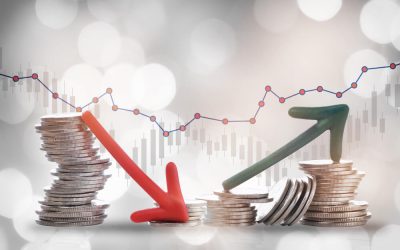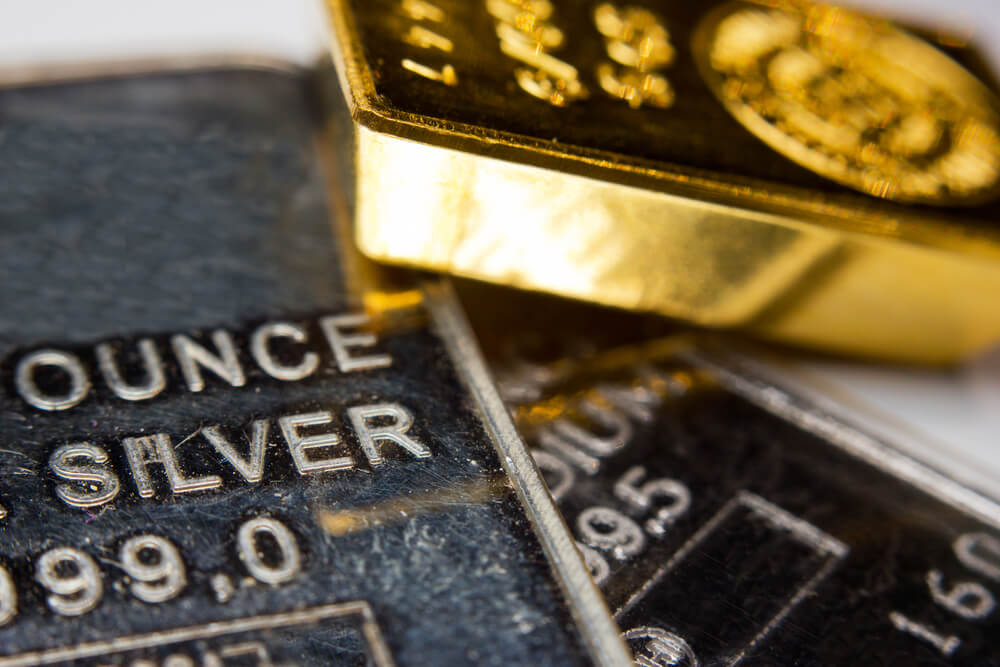
Metals like gold and silver hold a rich history, being utilized as mediums of exchange, stores of value, and investment assets. Their stability and consistent demand in the market capture traders’ attention. Furthermore, metals possess unique traits that make them intriguing subjects for analysis and trading.
Article content
Trading metals offers numerous opportunities for profitable trading and investment. In this article, we’ll delve into various aspects of trading metals, starting with an overview of different types of metals and their characteristics as financial assets.
Why Traders Choose Metals as Trading Instruments?
Metals attract traders for several reasons:
- Variety of Assets: The metals market offers a wide range of diverse assets, allowing traders to choose options that align with their strategies and goals.
- Portfolio Diversification: Investing in metals serves as a means of diversifying an investment portfolio.
- Inflation Hedge: Precious metals like gold and silver are often considered as hedges against inflation and economic instability. Traders use them as a tool to preserve capital value.
- Liquidity: Most metal markets are characterized by high liquidity, enabling quick entry and exit from trades.
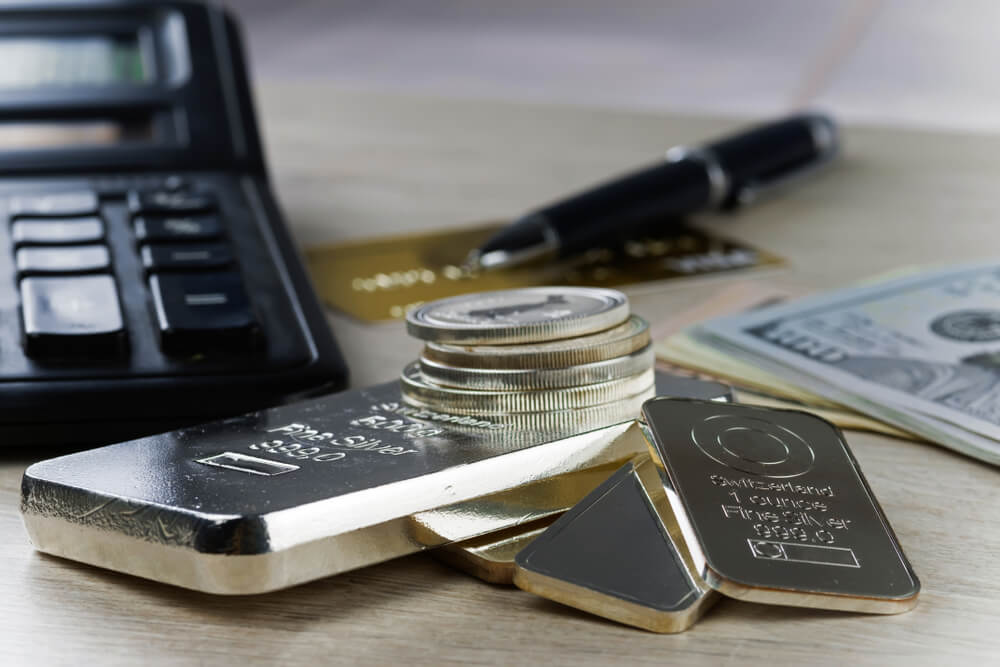
Overview of Metals Available for Trading
- Gold: This precious metal is known for its stability during times of crisis, making it a desirable asset for investment diversification.
- Silver: Despite its lower cost compared to gold, silver is in demand as an investment asset due to its wide range of industrial uses.
- Platinum: A rare metal with applications in the automotive and jewelry industries, making it attractive to investors.
- Copper: Copper plays a crucial role in electronics, reflecting industrial conditions.
- Aluminum: Lightweight and durable, aluminum is indispensable in transportation, construction, and packaging.
- Zinc: Its primary use is in protecting steel from corrosion, playing a key role in construction and automotive industries.
- Nickel: Necessary for creating alloys and batteries, nickel plays a vital role in modern technology and energy.
Each of these metals has unique factors influencing its value and attractiveness to investors.

Market Analysis of Metals
Market analysis is key to success in metal trading. Let’s explore the fundamental and technical analysis elements of these markets, as well as the indicators and tools traders need to make informed decisions.
Fundamental Analysis
Fundamental analysis involves a thorough examination of factors that determine supply and demand for metals. Key fundamental aspects include:
- Economic Data: Traders track economic indicators such as GDP, Consumer Price Index (CPI), and industrial activity to understand the current state of the economy and potential demand for metals.
- Geopolitical Events: Conflicts, trade wars, and political events can impact metal prices. Instability in metal-producing countries may lead to supply shortages.
- Seasonal Factors: Some metals are subject to seasonal fluctuations in demand, such as holidays or construction seasons.
- Macroeconomic Events: Central bank decisions on interest rates and currency policies also affect metal prices.
Technical Analysis
Technical analysis relies on studying past price data and trading volumes to forecast future price movements. Technical analysis of metal markets includes:
- Price Charts: Analysts use price charts and candlestick patterns to identify trends and key support and resistance levels.
- Indicators: Technical indicators like moving averages, Relative Strength Index (RSI), and stochastic oscillators help assess overbought or oversold conditions and predict trend reversals.
- Trading Strategies: Traders develop trading strategies based on technical analysis data, including reversal, breakout, and long-term investment tactics.
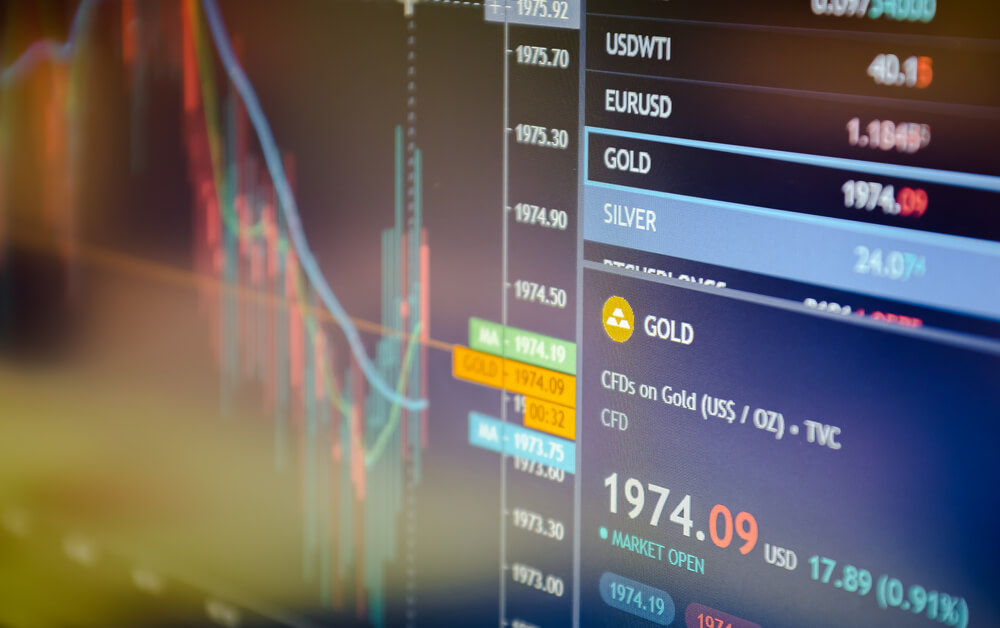
Indicators and Tools
- MACD (Moving Average Convergence Divergence): This indicator analyzes the difference between two moving averages to detect changes in trend strength and direction.
- Bollinger Bands: These bands create a dynamic price range around a central line, showing volatility levels and potential reversal points.
- Fibonacci Retracement: This tool uses the golden ratio to identify potential support and resistance levels based on recent price movements.
- Trading Platforms: Many platforms, including popular ones like MetaTrader 4 (MT4) and MetaTrader 5 (MT5), provide advanced charting tools and real-time price analysis capabilities. These platforms offer a wide range of indicators and analytical tools, making them ideal for technical analysis and efficient trading in metal markets. MT4 and MT5 also support automated trading and offer a variety of options for customizing trading strategies.
Based on their trading strategies and investment goals, traders determine whether to rely on fundamental analysis, technical analysis, or a combination of both for more effective metal trading.
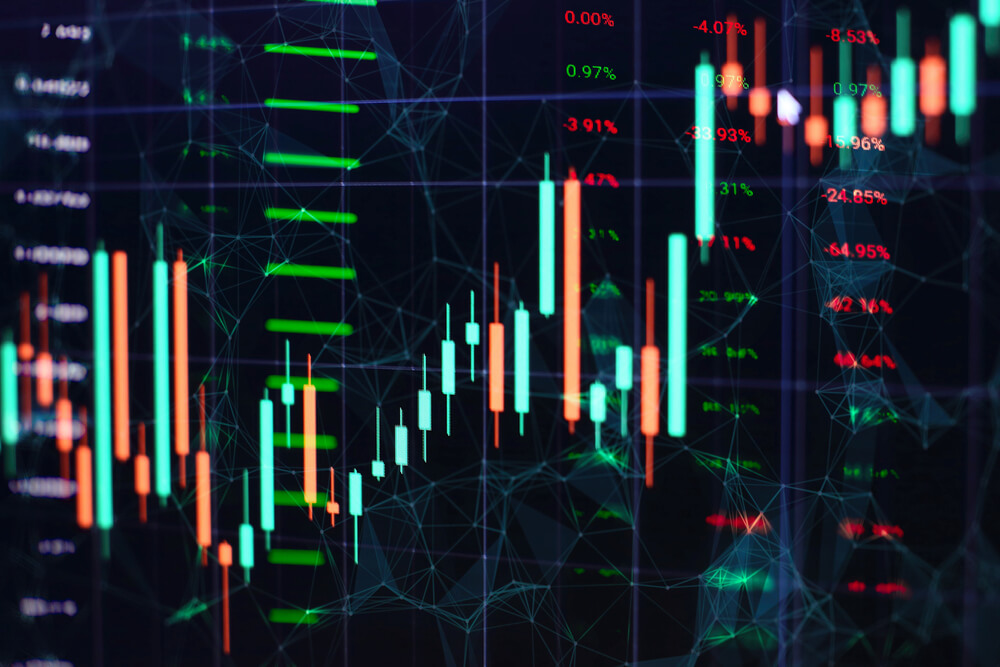
Risk Management Strategies
- Setting Stop-Loss Orders: A stop-loss order allows you to automatically close a position when the price reaches a certain level. This helps limit losses in case of adverse market movements.
- Establishing Target Levels: Determine profit levels at which you are willing to close a position. This helps you lock in profits.
- Position Sizing: Calculate the size of your position based on your capital and risk tolerance. Avoid risking too much of your capital in a single trade.
- Monitoring News and Events: Staying informed about events that can affect metal prices is crucial. Geopolitical events, economic news, and fundamental data significantly influence the market.
- Developing a Trading Plan: Before you start trading, create a plan that includes entry and exit strategies, stop-loss levels, and profit targets.
- Managing Risk: Never risk more than you can afford to lose. Set a maximum risk size for each trade and stick to this rule.
- Self-Discipline: It’s essential to adhere to your plan and control your emotions while trading.

Trading Strategies for Metals
Trading metals offers traders a multitude of opportunities to apply various strategies. The primary directions include long-term and short-term trading. Additionally, popular methods such as trend trading and day trading deserve attention, each with its own features and advantages.
Long-Term Trading in Metals
Long-term trading in metals is suitable for investors willing to hold positions for several months or even years. Such traders typically rely on fundamental analysis, including economic and geopolitical factors, and focus on long-term price trends. By regularly reviewing their positions, they capture significant price movements and view metals as long-term investments for capital preservation and growth.
Short-Term Trading in Metals
Short-term trading in metals, also known as day trading, targets traders who close their positions within a single day or even minutes. Key characteristics of short-term trading in metals include:
- Technical Analysis: Short-term traders use technical analysis to make decisions. They study price charts, employing indicators to identify short-term trends and entry and exit points.
- Leverage Usage: Short-term traders use leverage to maximize potential profits. However, it’s important to note that this approach also increases the risk of potential losses.
- Rapid Decision-Making: Short-term traders must make prompt decisions and be prepared for quick market changes.

Popular Trading Strategies for Metals
- Trend Trading: This strategy is based on identifying and following the current price trend of metals. Traders may use various technical indicators to confirm the trend.
- Day Trading: Day traders open and close positions within a single day, aiming to profit from short-term price fluctuations.
- Scalping: Scalpers open and close positions within very short timeframes, profiting from small price movements.
- Fundamental Analysis: This strategy relies on analyzing fundamental factors such as economic news, geopolitical events, and supply and demand data for metals.
The choice of a trading strategy depends on your goals, the time you’re willing to dedicate to trading, and your experience. Remember the importance of continuous learning and skill improvement in metal trading, and you’ll be on the path to success!
Recommended reading:





